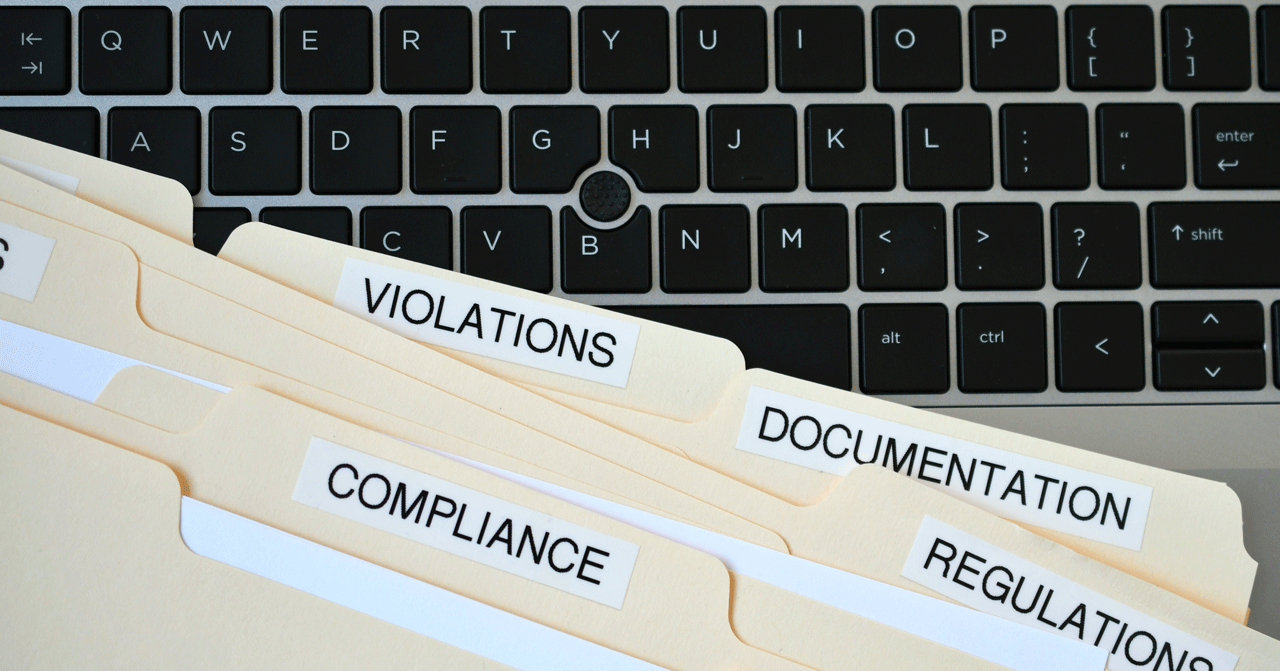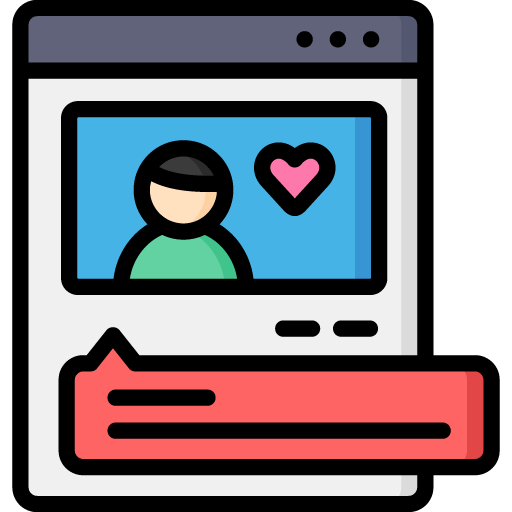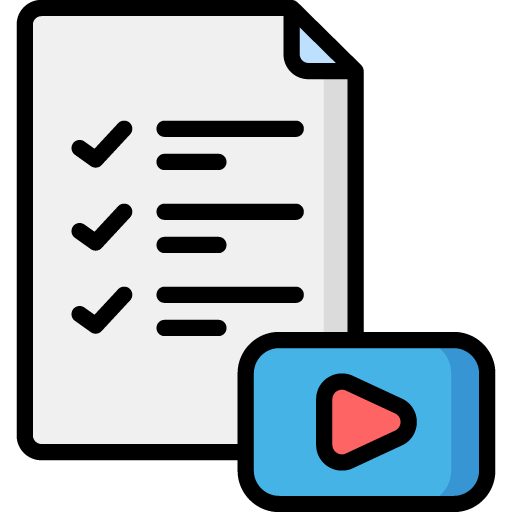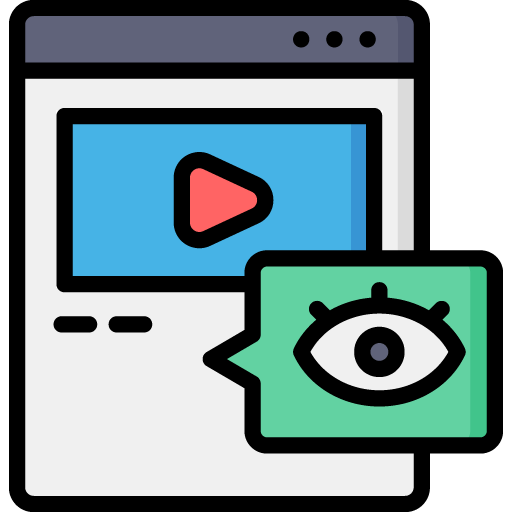As the world’s largest video-sharing platform, YouTube has established a vast community of creators and viewers. However, with great visibility comes responsibility. For creators, it is crucial to understand YouTube’s content guidelines to ensure compliance and avoid penalties, including video removal or channel strikes.
This guide provides a comprehensive breakdown of YouTube’s community guidelines and content policies. It will help you navigate the rules, understand what’s allowed, and ensure your content stays in line with YouTube’s standards.
Understanding YouTube’s Content Guidelines
This guide provides a comprehensive breakdown of YouTube’s community guidelines and content policies. It will help you navigate the rules, understand what’s allowed, and ensure your content stays in line with YouTube’s standards.
Why YouTube’s Content Guidelines Matter
YouTube’s guidelines are essential for maintaining a safe, respectful, and productive community for both creators and viewers. Violating these guidelines can lead to content being removed, loss of monetization, or even the termination of your channel. For businesses and individuals relying on YouTube for exposure or income, understanding and following these rules is a must.
By complying with these guidelines, you can:
- Protect your channel from strikes and penalties.
- Maintain a positive relationship with your audience.
- Ensure long-term growth and sustainability on the platform.
Overview of YouTube’s Community Guidelines
YouTube’s Community Guidelines are a set of rules aimed at protecting the platform’s user base from harmful or inappropriate content. These guidelines apply to all content, including videos, comments, links, and thumbnails.
Prohibited Content
Certain types of content are strictly prohibited on YouTube. These include:
- Spam and deceptive practices: This includes misleading metadata (tags, thumbnails, or titles), fake engagement, or comments promoting external links that lead to harmful websites.
- Impersonation: Pretending to be another person or channel, especially with malicious intent, is not allowed.
- Misleading information: Intentionally providing false information, particularly in sensitive areas such as health or politics.
Harmful or Dangerous Content
YouTube does not allow content that promotes violence or dangerous acts. This can include:
- Videos encouraging harm or advocating for dangerous activities, like reckless challenges or stunts.
- Content that glorifies violence or aims to harm others, including inciting physical harm or cyberbullying.
Hate Speech
YouTube’s policies against hate speech are strict, prohibiting content that promotes discrimination, hatred, or violence against individuals or groups based on race, gender, religion, or other protected attributes.
Misinformation
With the rise of misinformation in various sectors, YouTube has put measures in place to curb the spread of false information, especially on important topics such as:
- Public health (e.g., misinformation about vaccines).
- Political processes (e.g., false claims about election integrity).
- Scientific knowledge (e.g., false environmental information).
Copyright and Fair Use on YouTube
One of the most common issues creators face is copyright infringement. Copyright law protects the intellectual property of content creators and applies to all types of media, including music, video clips, and artwork.
The Importance of Original Content
Creating original content is the safest way to avoid copyright issues. If your video contains material that you do not own, like songs or video clips, you need explicit permission from the rights holder to use it.
What Constitutes Fair Use?
Fair Use is a legal doctrine that allows creators to use copyrighted material under certain conditions, such as for criticism, commentary, news reporting, or parody. However, the definition of Fair Use is often complex, and YouTube may still take down content if the usage doesn’t fit clearly within the legal boundaries.
Monetization Policies
Monetization is one of the main goals for many YouTube creators, but it comes with its own set of rules. Before you can monetize your content, your channel must comply with both YouTube’s community guidelines and its monetization policies.
Ad-Friendly Content Guidelines
To qualify for ad revenue, your content needs to be suitable for advertisers. YouTube’s ad-friendly guidelines prohibit content that contains excessive violence, inappropriate language, sexual content, or controversial topics such as politics or religion.
YouTube Partner Program Requirements
To be eligible for the YouTube Partner Program, which allows you to earn ad revenue, you need to meet these requirements:
- 1,000 subscribers
- 4,000 watch hours in the past 12 months
- Compliance with all YouTube’s community guidelines and monetization policies
Avoiding Channel Strikes
YouTube operates on a three-strike system for channel violations. Understanding how this system works is critical for ensuring your channel remains active.
The Three-Strike System Explained
- First Strike: Your channel receives a warning, and the violating content is removed.
- Second Strike: You’ll lose the ability to upload videos for a set period.
- Third Strike: Your channel is terminated, and you’ll lose all your content and audience.
Consequences of Violating Guidelines
Repeated violations can lead to demonetization, video removal, or even the permanent suspension of your channel. To avoid this, always ensure your content aligns with YouTube’s community guidelines.
Dealing with Violations and Appeals
Even with the best intentions, creators sometimes face penalties for violating YouTube’s guidelines. Knowing how to handle these situations is important.
How YouTube Handles Violations
YouTube uses automated systems to detect content that violates its guidelines, but the platform also relies on user reports. If your video is flagged, it will be reviewed by YouTube’s moderation team. Depending on the violation, the video might be removed, demonetized, or result in a strike against your channel.
Appeal Process
If you believe YouTube has mistakenly penalized your video, you can appeal the decision. To do so, provide a detailed explanation of why you think the penalty was incorrect. While appeals are not always successful, they offer a way to reverse unfair penalties.
Best Practices for Staying Compliant
Staying compliant with YouTube’s content policies requires a proactive approach. Here are some best practices to keep your channel safe:
Staying Informed and Updating Your Knowledge
YouTube’s policies are subject to change, so it’s important to stay informed. Regularly check YouTube’s help center and updates to ensure you’re aware of any changes in guidelines.
Reporting Violations
If you come across content that violates YouTube’s community guidelines, report it. This helps maintain a safe and respectful community for all users. Reporting is anonymous, and it helps YouTube moderate content more effectively.
Conclusion
Navigating YouTube’s content guidelines can be complex, but it’s necessary for creators who want to grow their channels and maintain a positive presence on the platform. By understanding YouTube’s community guidelines, copyright policies, monetization rules, and the three-strike system, you can ensure your channel stays compliant and thrives in the long term.
Consistency, creativity, and respect for YouTube’s rules are key to your channel’s success. Follow the best practices, stay informed about updates, and continue to create value-driven content that engages your audience while remaining within YouTube’s guidelines.
Remember, building a YouTube channel isn’t just about creating content — it’s about fostering a community that feels safe, entertained, and informed.







 Edit Your Footage
Edit Your Footage